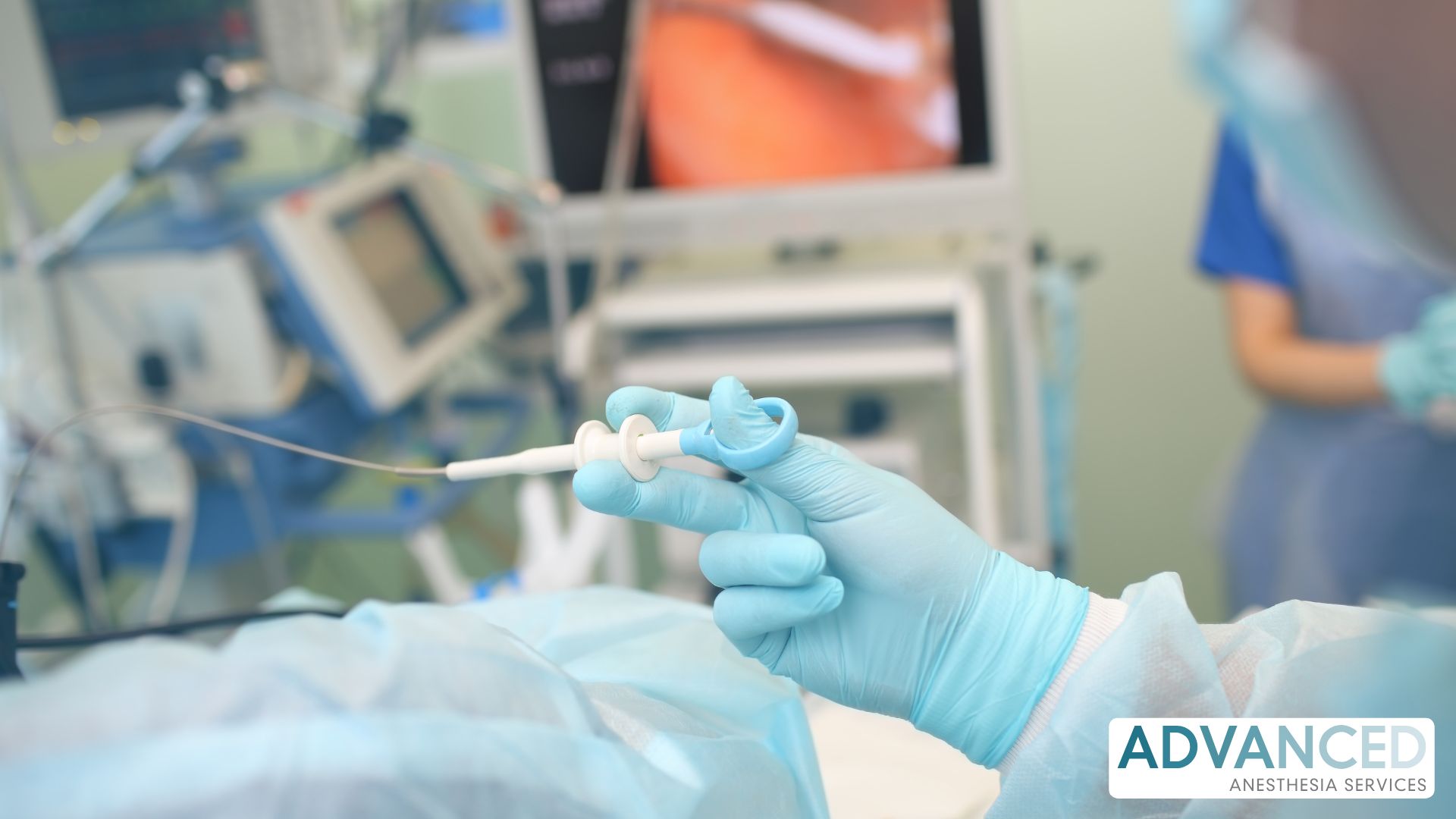
Propofol is widely used in endoscopy due to its rapid onset and short recovery profile. However, without a structured discharge process, its benefits can be lost in recovery-area delays. A successful fast-track recovery protocol requires standardized criteria, evidence-based pharmacology, efficient workflow, and full team participation. When implemented correctly, this model can improve patient throughput, reduce post-anesthesia care unit (PACU) length of stay, and enhance operational efficiency.
Establishing a Fast-Track Framework
The goal of a fast-track system is to discharge low-risk patients based on clinical readiness rather than arbitrary time thresholds. This approach optimizes recovery bay turnover, effectively increasing available capacity without additional space or staff.
Essential Components of a Fast-Track Protocol
1. Objective Discharge Criteria
Standardized scoring tools such as the Aldrete Score or Post-Anesthesia Discharge Score (PADS) should be adapted to include cognitive function and nausea level. A discharge threshold of 9 or higher indicates clinical readiness for home. Patients should be alert, oriented, able to sit unassisted, tolerate oral fluids, and report minimal to no nausea.
2. Evidence-Based Sedation and Analgesia
3. Early Mobilization
Patients should be assisted to sit upright within three minutes of arriving in the recovery area and to stand with support by the five-minute mark. Early ambulation helps identify orthostatic hypotension and promotes faster recovery.
4. Standardized Discharge Instructions
While intravenous lines are being removed, registered nurses should review key post-discharge instructions, including the requirement for a responsible adult escort, activity restrictions for 24 hours, and signs of potential complications. Providing a written summary enhances retention and reinforces safety messages.
Streamlining Workflow and Staffing
To support fast-track protocols, recovery staffing and task sequencing should be optimized. Registered nurses should be available in the bay before patient arrival to initiate immediate vital sign monitoring and begin early assessments. Oral fluids should be offered within minutes of regaining consciousness to confirm safe swallowing and comfort.
Managing Exceptions
Patients with higher risk profiles should be excluded from fast-track pathways. These include individuals with American Society of Anesthesiologists (ASA) Class IV status, body mass index above 45, noncompliance with continuous positive airway pressure for obstructive sleep apnea, or procedure duration exceeding 75 minutes. These cases should follow standard recovery protocols, with continuous monitoring until all baseline parameters are confirmed.
For any patient who fails to meet discharge criteria within 30 minutes, escalation to an extended-stay recovery area should be initiated. Common reasons for delay, such as unresolved pain or hypotension, should be documented and reviewed to inform protocol adjustments.
Monitoring and Continuous Quality Improvement
Key performance indicators for fast-track recovery include average PACU length of stay, percentage of patients discharged within 20 minutes, incidence of unplanned admissions, post-discharge follow-up issues, and patient satisfaction scores. Regular audits and quarterly interdisciplinary meetings ensure ongoing effectiveness and identify opportunities for refinement.
Avoiding Common Operational Barriers
To reduce the risk of delayed discharge:
Conclusion
Efficient post-endoscopy recovery depends on more than rapid-acting medications. It requires a coordinated protocol grounded in clinical criteria, timely mobilization, and optimized workflow. Implementing an evidence-based fast-track model reduces recovery time, increases bay availability, and improves the overall patient experience.

